Hygge And Beyond: The Heart Of Danish Culture And Folklore In Modern Times
.jpg)
.jpg)
Denmark has long been celebrated for its rich cultural heritage, where folklore, traditions, and social values converge to create a society that values warmth, community, and creativity. Central to this identity is the concept of hygge, a uniquely Danish approach to life that emphasizes coziness, well-being, and the enjoyment of simple pleasures. In 2025, hygge continues to shape daily life, but it exists alongside a broader tapestry of cultural practices, folklore, and modern innovations that illustrate how Denmark preserves its roots while embracing contemporary life.
Hygge, often described as the art of living well, permeates Danish homes, workplaces, and social gatherings. It is not merely about comfort; it reflects a mindset that prioritizes connection, mindfulness, and the appreciation of everyday moments. In modern Denmark, hygge manifests in candlelit dinners, leisurely coffee breaks, and quiet evenings with family or friends. The concept has transcended national borders, inspiring global interest in Danish lifestyle philosophy, yet for Danes, it remains a deeply ingrained part of daily life, embodying values of balance, contentment, and social cohesion.
Beyond hygge, Denmark’s rich folklore continues to influence cultural identity and artistic expression. Danish folklore includes a wide range of tales, myths, and legends, from mischievous elves and trolls to heroic sagas inspired by the Viking era. In 2025, these stories are preserved not only through literature and theater but also through festivals, museums, and digital media that engage younger audiences. Storytelling remains a core aspect of Danish culture, reinforcing moral lessons, historical awareness, and community identity while also inspiring contemporary literature, film, and design.
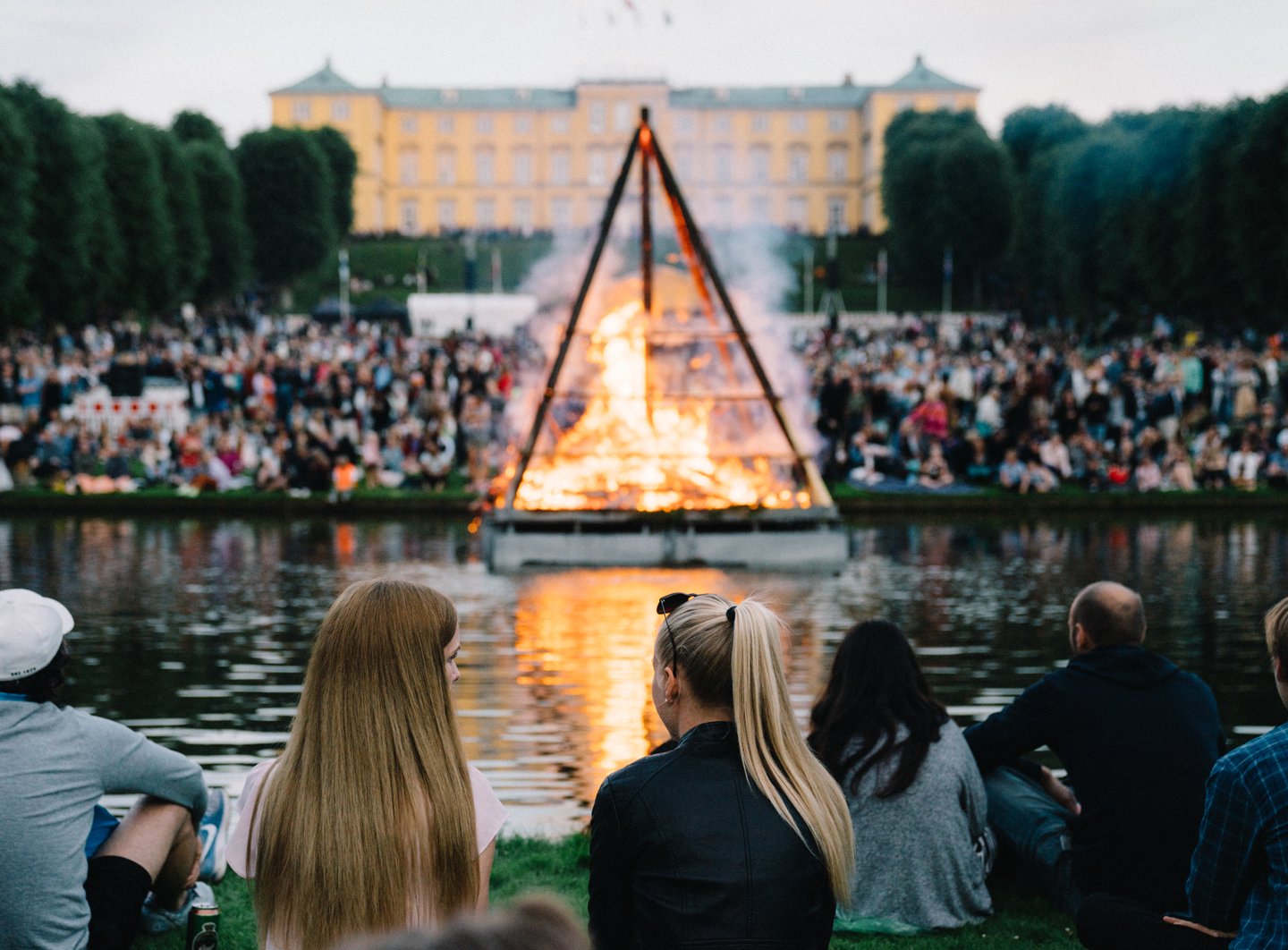
Festivals and rituals play a critical role in keeping Danish folklore alive. Sankt Hans Aften, the midsummer bonfire tradition, traces its roots to pagan rituals designed to celebrate light and ward off evil spirits. In modern times, it is celebrated with music, dancing, and community gatherings, blending history with social enjoyment. Similarly, Fastelavn, often referred to as Danish Carnival, incorporates playful elements like costume parades and “cat barrel” games for children. These festivals not only entertain but also serve as cultural touchstones, connecting present-day Denmark to centuries-old traditions.
Food traditions are another pillar of Danish culture that intertwine with folklore and communal life. Traditional dishes such as smørrebrød, frikadeller, and seasonal desserts like risalamande carry historical significance while fostering shared experiences. Food in Denmark is not just nourishment but a medium through which values, customs, and heritage are transmitted. In 2025, Danish chefs continue to innovate, blending traditional recipes with modern techniques and sustainable ingredients, ensuring that culinary culture evolves without losing its roots.
Music, art, and dance also reflect the interplay between tradition and modernity in Danish culture. Folk music and dances, often performed during festivals or community events, preserve historical rhythms and storytelling techniques. At the same time, contemporary Danish artists incorporate elements of folklore into modern compositions, installations, and performances, creating a dialogue between past and present. This cultural synthesis demonstrates Denmark’s ability to honor its history while embracing creative experimentation.

Education and community engagement further reinforce Danish cultural values. Schools often incorporate lessons about folklore, traditions, and communal rituals, ensuring that younger generations understand and appreciate their heritage. In public spaces, museums, cultural centers, and digital platforms host workshops, storytelling sessions, and exhibitions that highlight Denmark’s history, folklore, and artistic achievements. In 2025, these initiatives continue to bridge generations, cultivating a sense of identity, belonging, and pride among Danes.
In addition to preserving tradition, modern Danish culture embraces global influences, blending them with local practices in a dynamic and innovative manner. Hygge and folklore coexist with contemporary design, digital media, and international artistic trends, reflecting Denmark’s openness and adaptability. This synthesis allows Danish culture to remain relevant, resonant, and globally influential while staying grounded in its core values.
In conclusion, Denmark in 2025 offers a rich cultural landscape where hygge, folklore, and modernity converge. From cozy home rituals to vibrant festivals, from historical myths to contemporary artistic expression, Danish culture reflects a society that values connection, heritage, and creativity. By balancing tradition with innovation, Denmark ensures that its cultural heart remains vibrant and accessible, offering lessons in community, mindfulness, and the enduring power of storytelling. Hygge and beyond, Denmark’s identity continues to inspire both residents and the world at large.
Film, TV, and entertainment industry news. Plus, every Friday, a special Awards Insider edition.
By signing up, you agree to our user agreement (including class action waiver and arbitration provisions), and acknowledge our privacy policy.
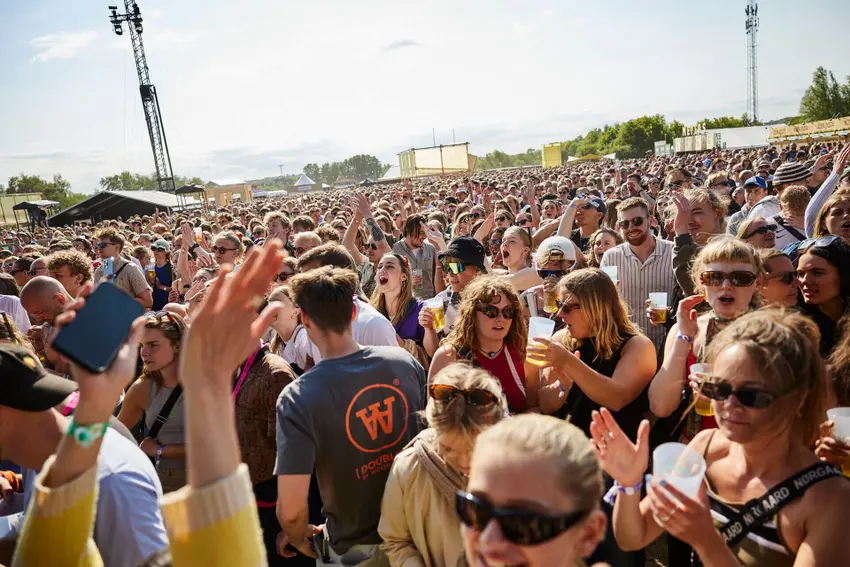
Denmark’s 2025 festivities, from Christmas to Viking reenactments, celebrate rich traditions, community spirit, and cultural heritage across the country.
By Lærke Thomsen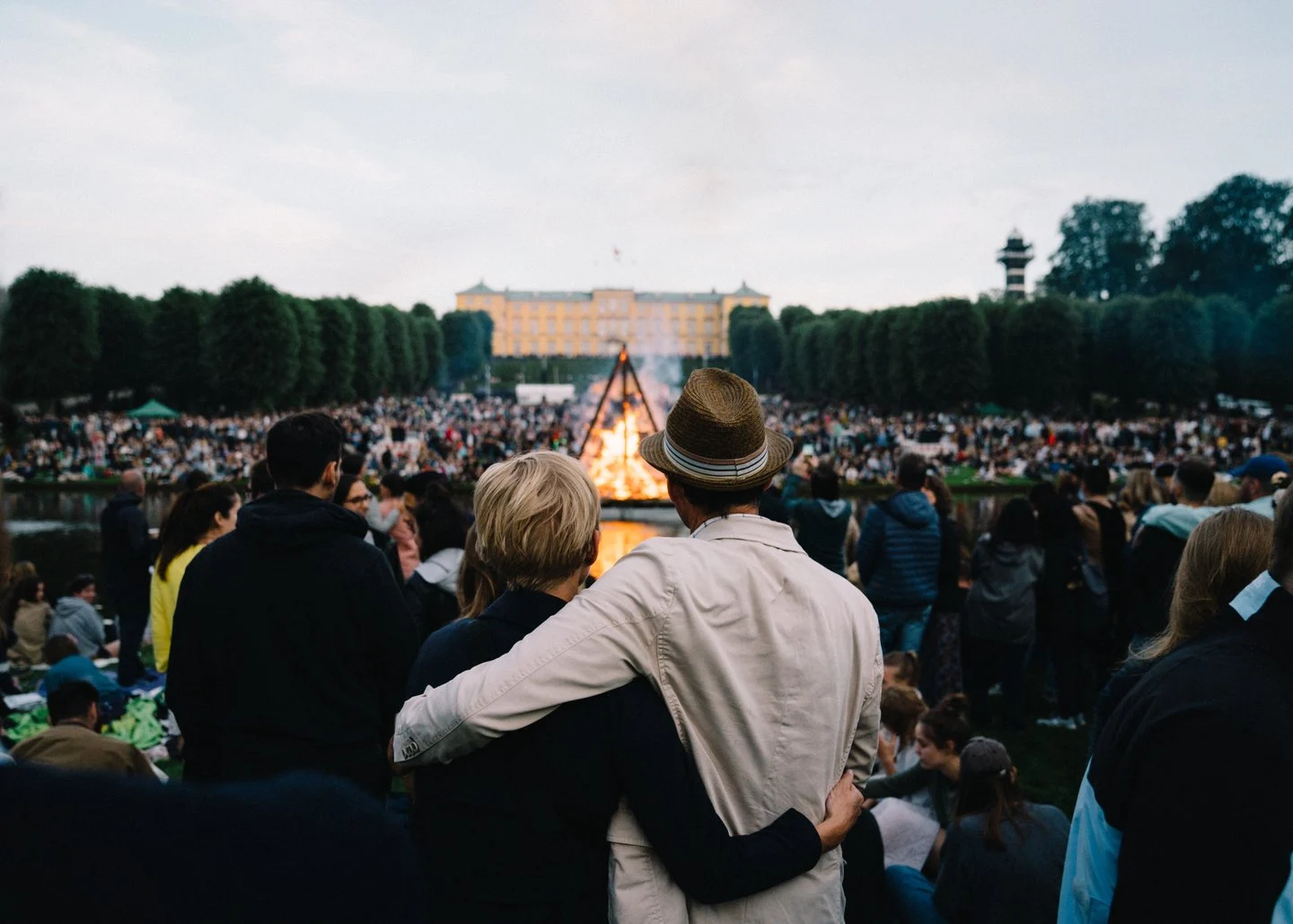
Denmark in 2025 showcases a rich tapestry of quirky customs and traditions, blending cultural heritage, community, and modern innovation in everyday life.
By Emil Pedersen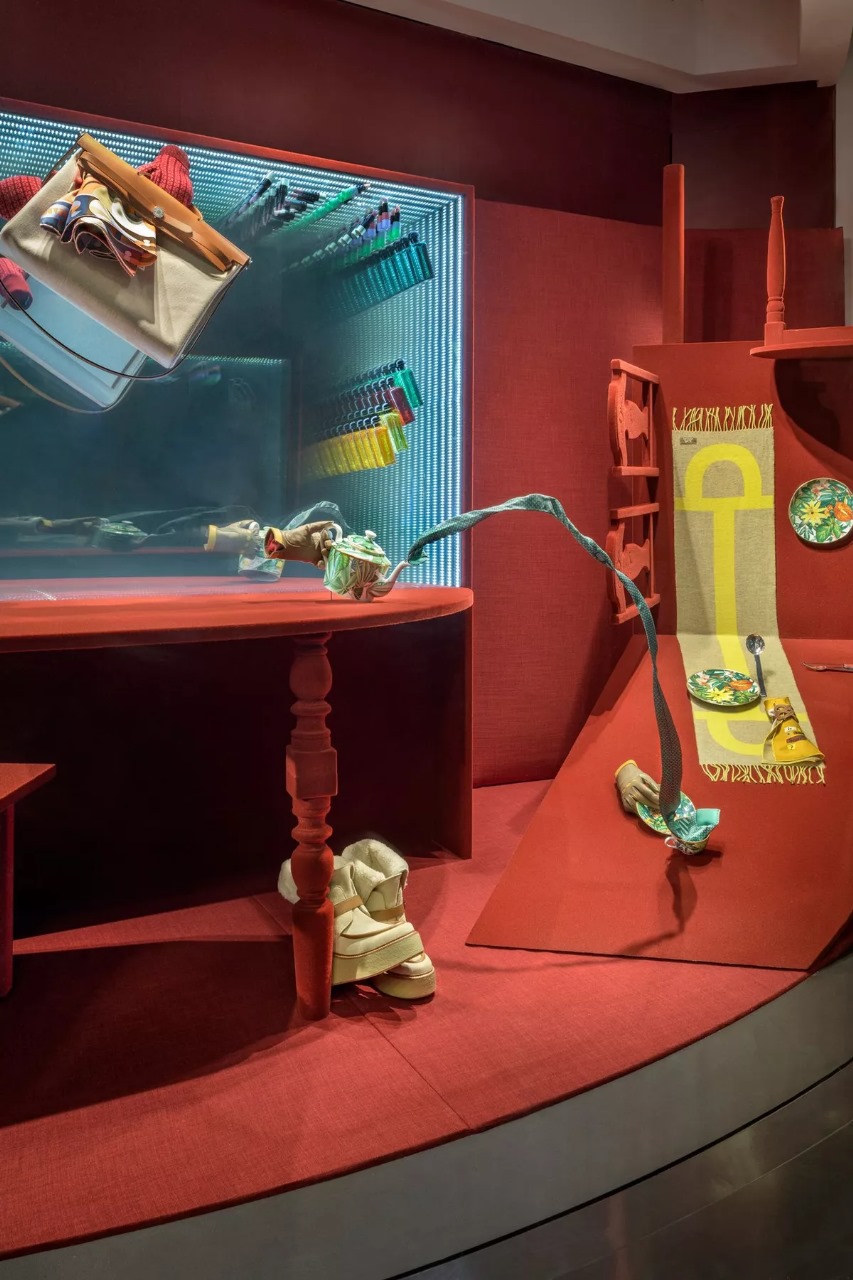
Tableau evolves from floral artistry to immersive design across multiple creative disciplines.
By Ida Rasmussen
Ancient runes reveal insights into love, money, career, style, and health.
By Ida Rasmussen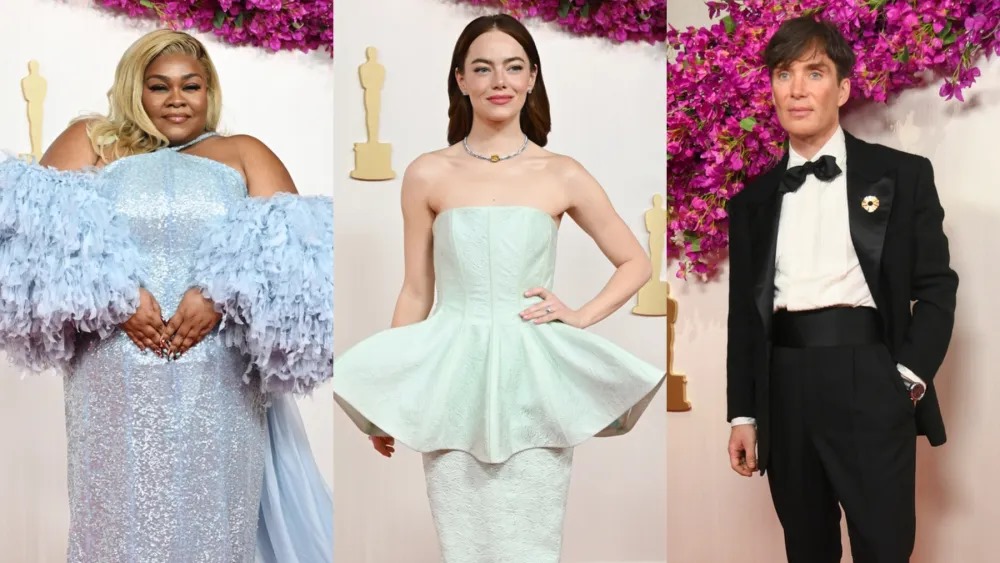
Your ultimate 2025 Oscars guide: hosts, performances, nominations, and surprises revealed.
By Ida Rasmussen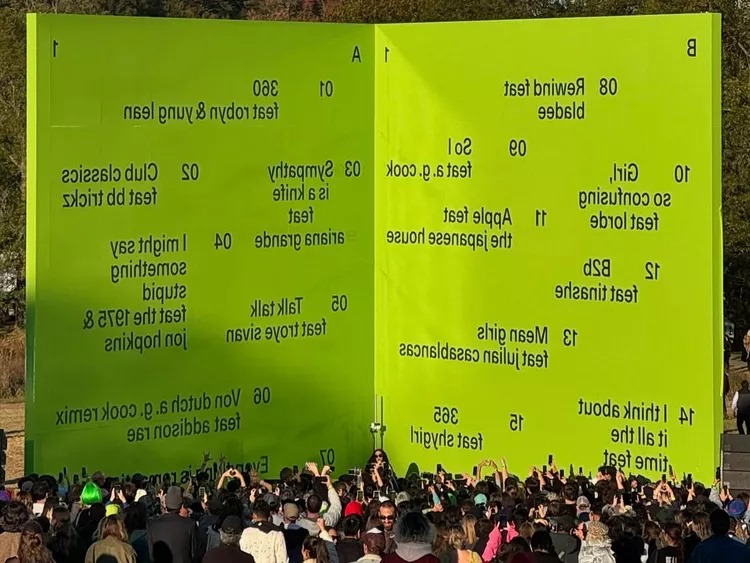
Her remix album Brat and it’s completely different but also still brat features Swedish rapper Bladee.
By Ida Rasmussen